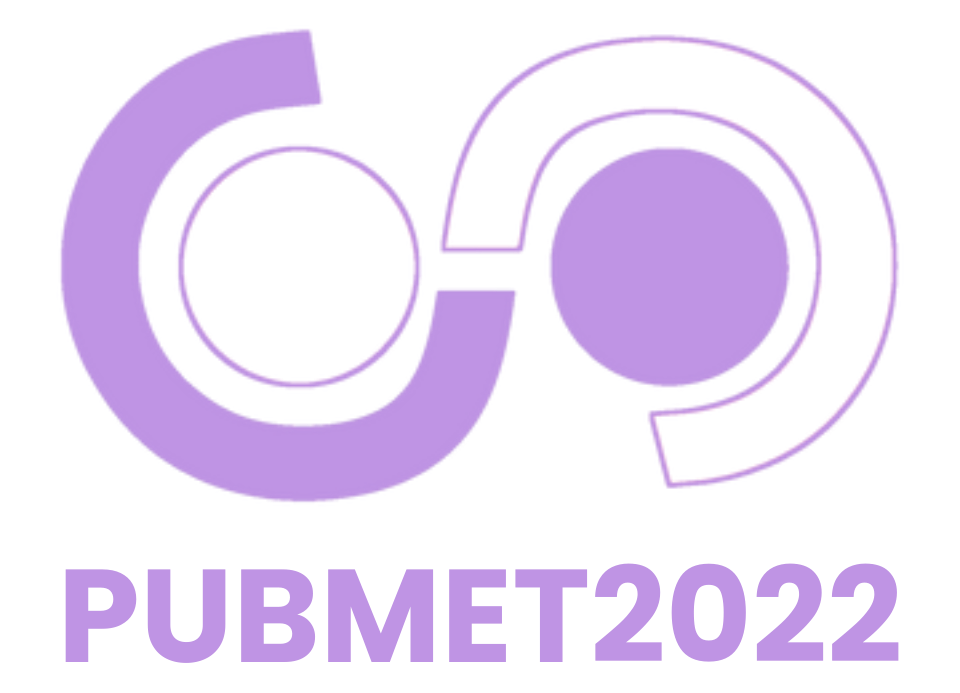Scholars’ domain of information space

The article addresses scholars’ information behavior and how they use technology to acquire information in three areas of their work: teaching, research and administrative responsibilities. Information behavior research highlights fundamental problems concerning information availability, recognizability and context (Jones, Et.Ell, 2017). On the other hand, it can respond to information diffusion by demonstrating the perspective of information transmission and sharing (Vilar, 2014). Because context is so important, it is likely that scholars in different fields of science will have distinct informational habits when it comes to finding knowledge (Canary, McPhee, 2011; Yu&Zhou, 2015.). An assumption in the model of information space (I-Space) is that the dissemination of information is weaker the broader the population range to which it is directed (Boisot,1995.). The goal of this study is to find which communication channels academics utilize to find and share knowledge. Are they those with a broader range, i.e. formal-explicit communication, or those with a narrower range, i.e. informal-tacit communication? The study, which included 125 academics from Croatian public polytechnics, aimed to find how respondents received knowledge in the three primary areas of work through various communication methods. Nine possible assertions are presented for each category, which are evaluated on a seven-point Likert scale. Personal-level domains, informal and formal groups, and public modalities for disseminating information, such as the Internet and institutional intranets, social networks, cloud technologies, and so on, are all included in the claims.
The Cronbach’s alpha coefficient was used to determine the questionnaire’s reliability and the obtained results. The descriptive analysis selected out measures of central tendency and dispersion. Correlation and factor analysis were also used to find the latent component in various communication channels.
We discovered that academics typically locate material for teaching purposes in a narrower scope and in a more direct form inside communication channels, whereas information for research purposes is obtained in a broader scope and in a more explicit form. Although explicit in nature, information collection and dissemination through administrative operations takes place within a smaller scope in either formal or informal methods (Goes, 2015). The findings of factor analysis show that there is a distinction between social and technical domains of science in terms of how they collect material for teaching and study.
This work is part of a larger study aimed at determining the mechanisms of information diffusion within an academic institution utilizing information space model.
Danijela Pongrac
Zagreb University of Applied Science
Informatics and Computer Department
Zagreb, Croatia
ORCID ID: 0000-0002-2264-7759Mihaela Banek Zorica
Faculty of Humanities and Social Sciences
Department of Information and Communication Sciences
Zagreb, Croatia
ORCID ID: 0000-0002-4539-351XRoman Domović
Zagreb University of Applied Science
Informatics and Computer Department
Zagreb, Croatia
ORCID ID: 0000-0001-6250-3218
